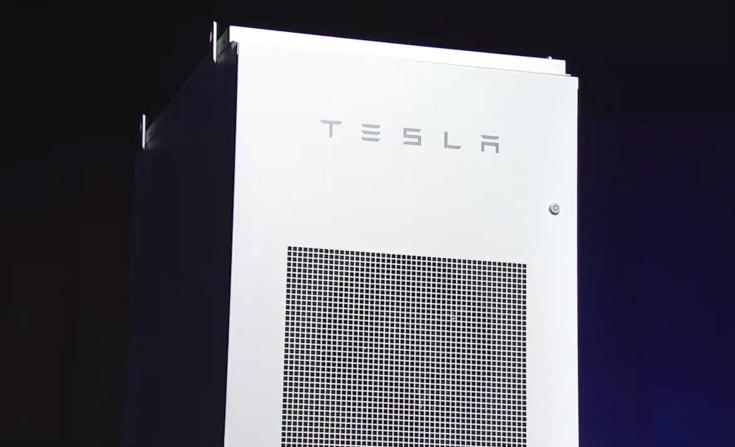 |
| Reviews and Templates for Expression We |
Crunching the economics of Tesla's energy storage solution
Electricity is like money. Both are useful, fluid and can be converted into action of many forms. And both can be saved for a rainy day.
The ability to save electricity for a rainy or cloudy day suddenly has become much more important now that solar, as well as wind power, are becoming important contributors to our energy supply.
Without storage, these renewable sources of electric power would have to be backed up with other sources that can produce power when they can’t, which undercuts their economic usefulness.
Utility studies have found that energy storage in sufficient quantity and at a reasonable price could, in some circumstances, obviate the need for new power plants.
That’s why the recent announcement by Tesla Motors of its new battery systems, designed to be used for energy storage for homes, businesses and utilities, is causing such a stir.
While the utility analysis said that the breakeven point for storage would occur when the price per kWh fell below $350, which it predicted was years away, Tesla surprised everyone, by showing up with a utility scale battery right now, that it claims can deliver storage at $250 per kWh.
Personal and utility sizes
Tesla’s Powerwall for the home is a flat wall-mounted package that provides 10 kWh of storage and will sell for $3,500. It will provide battery backup if the grid goes down or it can store electricity from solar panels in an off-grid configuration. By next year, these will be produced by Tesla’s Gigafactory in Nevada.
For utilities, the 100 kWh Powerpack is a scalable module that can go up to gigawatt levels at the $250 per kWh price point. One utility, said Elon Musk, Tesla’s CEO, already has contracted for a 250 MWh system.
Indeed, the biggest impact may be in the utility-class application. Some concerns have been raised about the residential offerings by, among others, SolarCity, a major supplier that happens to have Musk on its board. SolarCity spokesman Jonathan Bass says it is not happy with the available configurations or the economics.
Of the two offerings, only the smaller 7 kWh unit is designed to be charged and discharged on a daily basis. And given that many localities allow the grid to fill in the gaps when the sun is not shining, that calls into question the economics of purchasing a home battery, unless you are completely off-grid. The larger 10kWh battery is designed for backup when the grid goes down. That would be more attractive for high-end homes or small businesses with a critical need for constant power.
Nonetheless, response has been enthusiastic. Musk has called the demand "crazy off the hook.” Over 38,000 Powerwall units and 2,800 Powerpack units have been ordered since the announcement April 30. Some are speculating that Tesla’s battery business could outpace its car business.
Right now, Tesla is selling the 10 kWh Powerpacks only to people installing new rooftop solar systems. The company stated it will begin selling off-grid systems in Hawaii, where utility prices are very high, next year.
Transforming utilities
At the end of the day, it will be the utility and large-scale commercial installations that really move the needle. For most homeowners, having the utility provide storage through the grid is far more economical. But the large-scale users will continue to stir the pot, making new investments in solar and wind, more attractive than ever, and yes, that will continue to change the game.
|
|
|
|
Copyright 2011 Energy and Technical Services Ltd. All Rights Reserved. Energyts.com |
